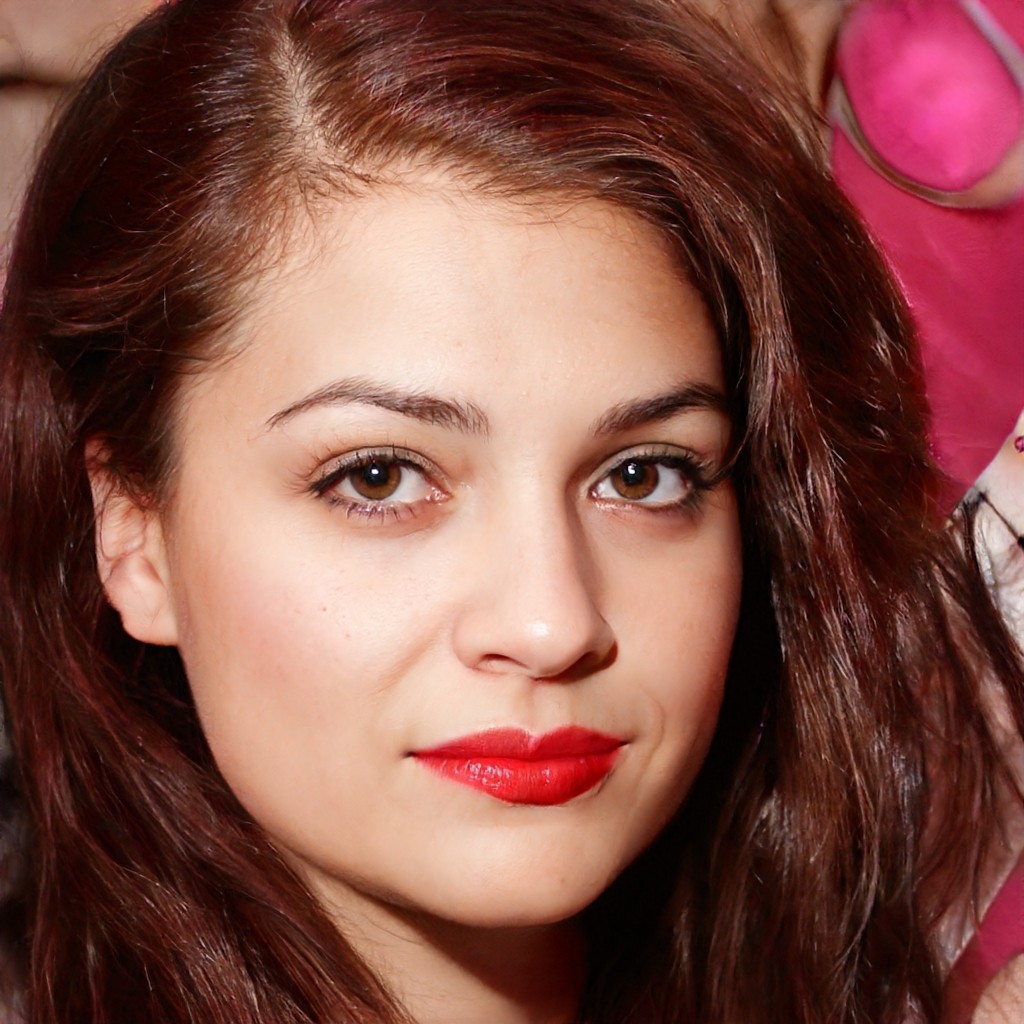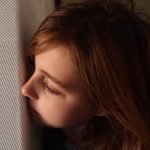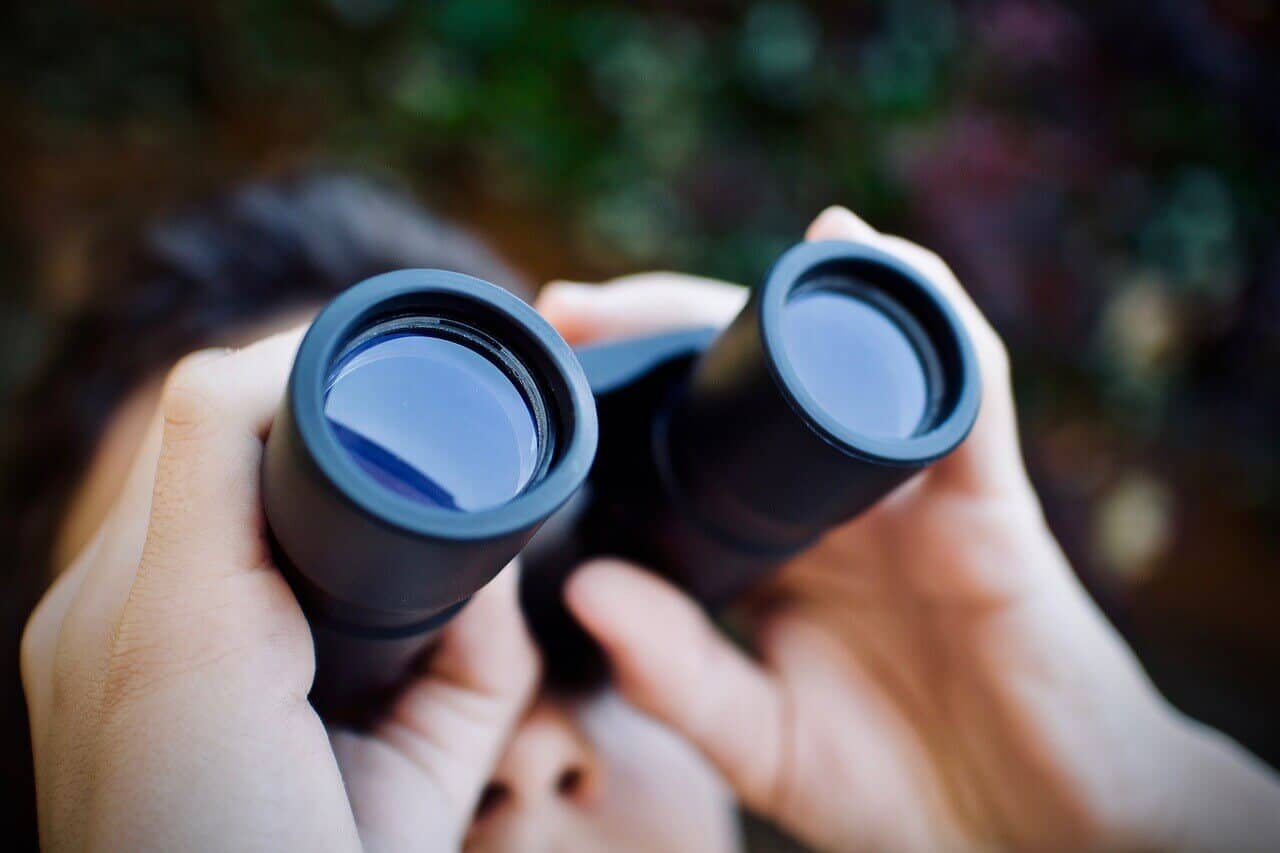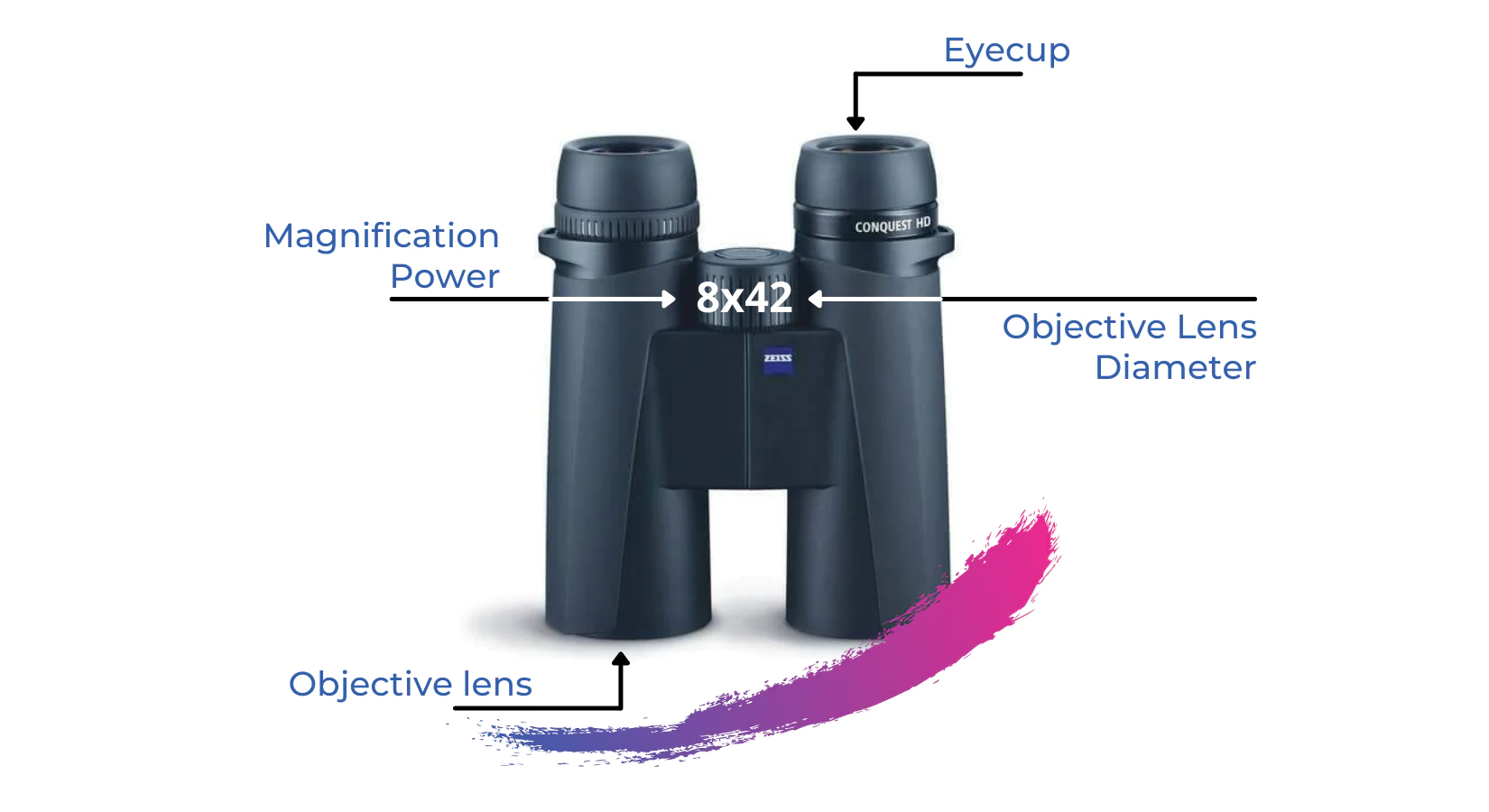Binoculars are an amazing way to observe the world around you, whether it be for hunting, sightseeing, stargazing or bird watching. But this could be an issue for people who wear glasses. This is because the focal length of your binoculars and glasses will not exactly match.
Most people buy binos without delving too much over specifications or features. This could be a barrier because you might be wasting your money on the wrong set of binoculars.
Being an eyeglass wearer myself, I know the trouble you guys go through. In this article, I will cover all the basic points and features of how to look through binoculars with glasses.
By the end of this read, you’ll not only know how to use binoculars with glasses but all the basic features necessary to get the right set of binoculars.
Before moving on to using binoculars with glasses, you need to know the types of binoculars and eyeglass lenses to understand whether you actually even need to wear glasses with binoculars. So, let’s head on to that first.
Types of binoculars:
There are, broadly speaking, 2 types of binoculars available in the market. The difference is based on how the lenses of the binoculars focus. It is also based on their nomenclature, features, and functioning.
#1 Central focusing (CF) has a centre focus knob to set focus on the image that you are viewing. It is much more preferable for regular use as it saves the hassle of focusing on each eye individually.
#2 Individual focusing (IF) allows you to focus on both eyes separately. Most people prefer it for astronomical viewing.
Another factor is that if you invest in a good pair of binoculars, you would not need to worry too much with focus due to its advanced features, as with the cheap one.
On this basis, the selection of binoculars depends on what you are more comfortable in using.
Variation of eyeglasses
The necessity and requirement of actually wearing glasses with binoculars can be better judged if you identify what kind of lenses you use for your eyeglasses. The lens is based on the vision correction required.
Far or Nearsightedness issues are usually eye disorders that do not require glasses particularly whilst using binoculars. This is because vision can be corrected by adjusting the focus on the binoculars, with the focusing knob and diopter adjustment.
Bifocals, Trifocals and Varifocals offer you different lens power on the same lens. The prefixes are suggested of the number of lenses used for vision in these types of eyeglasses, either two, three or more. They have lines on the glasses for the distinction based on the lens’ power.
Progressive Lenses provide you to focus for long, short and all types of distances. This is because they have no-line multi-focal and are the closest mimic to natural vision. They have a larger range of vision.
Therefore, using binoculars with eyeglasses depends on the specific eye disorder and correction of vision needed.
Astigmatism is a defect that occurs via spherical curvature in the eye or lens. Ultimately, the light rays do not focus on a common focal point, resulting in a distorted image.
In case you’re suffering from astigmatism, then binoculars alone cannot fix the vision issue. They can only correct vision errors and not spherical vision errors. So, in common instances, you might not really need glasses particularly while using binoculars if you are not astigmatic.
How to look through binoculars with glasses?
Now that we have discussed the types of binoculars and the lenses used in various eyeglasses, the next question to address is how to look through binoculars with glasses.
This includes knowledge of various features of a binocular including eyecups, diopter adjustment, magnification, objective, focusing knob and how to avoid “vignetting” while using a binocular.
Other factors that must be kept in mind are interpupillary distance and eye relief for adjusting binoculars to your eyes. Apart, you would need to learn how to hold your binoculars steady to get a bright and crisp image.
Let us now look at these things in particular so that you have a clear idea of using binoculars with eyeglasses. Otherwise, if not properly adjusted, they might cause eye fatigue or discomfort whilst viewing an image via binoculars.
- Eyecups or eye shields are usually made up of rubber in a binocular for ease. Depending on the product, they might come attached or you might have to buy them if needed. Usually, eyecups are detachable or retractable. They can be fully extended or retracted to adjust light rays for peripheral vision.
If you are using binoculars with eyeglasses, fold or retract eyecups to have the widest view possible.
- Diopter Adjustment can be done with a knob in the centre of both the binocular lens. This is to cope with the natural difference between the two eyes. So, despite your eyesight defect, you can fine-tune diopters and adjust them accordingly. Lock your diopter dials or knobs in case your binoculars have that option.
- Magnification and Objective are two essential features of binoculars. Magnification refers to the number of times you will view an image as magnified or “closer” to your eye.
Objective refers to the diameter of the front lens of the binoculars. A larger diameter will give you a clearer and brighter image due to better refraction of light rays. This is especially helpful in dim or low light settings. The binoculars will be heavier if the lenses are larger (in diameter).
- Vignetting or ‘blacking out’ of an image can occur if the eyecups are not retracted and the light rays affect the peripheral vision. Vignetting can also occur if focus or diopters are not properly adjusted.
- Interpupillary Distance or pupillary distance is the distance between the centre of both the eyes. It is measured in millimetres. This distance varies according to individual and the object they are looking at, either near or far. This defines the optical centre of your eyeglasses as well as binocular
It can be adjusted by moving the binocular tubes upward or downward. If the right and left fields correctly align to form a perfect circle, then the interpupillary distance of a binocular is properly set.
If the width or distance between both the eyes is not properly set, it can cause vignetting or a less clear image. The image may also cause discomfort to both eyes. Hence, this factor is important when viewing from your binoculars, especially with eyeglasses.
- Focusing knob or Ring is usually present in the Central Focusing (CF) Binoculars. It is to adjust focus for a more solid and sharp image with better clarity. You can turn the knob to adjust focus according to the object that you are viewing.
- Eye Relief is “the distance from the outer surface of the eyepiece lens to the position where the exit pupil is formed (eyepoint).”
A good binoculars offer you a range of 5 mm – 23 mm of eye relief. The eye relief that you need depends upon your eyeglasses. In simpler terms, eye relief is the distance between your eye and the binocular eyepiece (in millimeters).
When you wear eyeglasses, the distance is further shortened and if not properly adjusted, could cause more strain on your eyes to focus on the image. The image formed can also be “vignetted” or blacked out from the edges.
Also Read: Are binoculars safe for eyes?
What is long eye relief for binoculars?
Long eye relief refers to the image formed by the ocular lens to the focal point. For eyeglass wearers, experts suggest a longer eye relief ranging from 14-16 mm. Ideally, 16 mm is considered a suitable range for most eyeglass wearers that do not cause much eye fatigue or strain.
Final thoughts
Hopefully, this article covered all the major points on how to look through binoculars with glasses, as well as explained to you the features and types of binoculars that can be helpful for you.
So, the next time you are viewing from your binocs, don’t let your specs get in the way. You know how to deal with them now.

An optics enthusiast – I love bird watching as well as wildlife. Originally from South Africa, I moved to the UK at a young age. I love reviewing the latest binoculars as well as traveling. I work as a comms consultant during the day. My plan is to travel across the world so building up to that goal.





